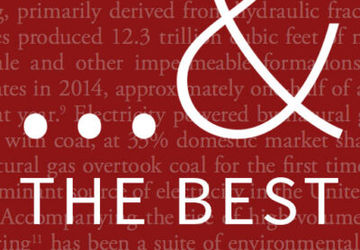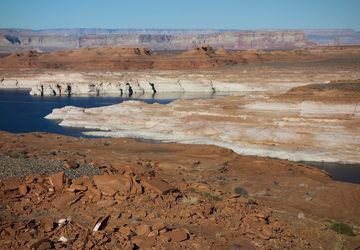By Peter Salazar
B.A., History, 2015
Summer Intern at the Archeology Department, Yellowstone National Park
As much as I might have expected the pace of change and dynamism of my job in the Yellowstone Park Archaeologist’s office to slow in the final few weeks, no such thing actually occurred. I could hardly settle into a comfortable office routine before a new task or challenge would rise up and present itself for contemplation or resolution. My day-to-day task of updating, editing, and cleaning up the 2000 park site file records found regular and happy interruption in a number of other projects that continued to expose me further more to the world of archaeology and cultural resource management.
My experience working with GIS software, for example, allowed me to assist my supervisor in updating the park archaeological map, clearing out inconsistencies and filling in data that would make the rather unwieldy map to function in its capacity as a directory for the location and content of all of the park’s archaeological sites. I also had the opportunity to join my supervisor and a group of other natural and cultural resource management professionals on an educational excursion to the Beartooth Mountains (right next to the northeast entrance to the park) to explore the topic of ice patch archaeology, that is, scouring the rapidly melting ice patches of the high alpine regions of the vicinity for artifacts emerging after thousands of years. While we didn’t have any sensational finds on this particular excursion (aside from a well-preserved sheep skull and a spear shaft fragment), the exercise was a fascinating exposure to the issue of how cultural resource management is affected by such a far-reaching issue as global climate change.
And a description of my final few weeks in Yellowstone would be woefully lacking without a reference to my role participating in the Fishing Bridge construction monitoring. A scheduled update of a water main was taking place at Fishing Bridge, one of the principal intersections in the middle of the park, and an extremely sensitive archaeological site – it was there that the only pre-Columbian burials in the entire park were found. Another volunteer and I in the office, Melanie Langa, supervised the work and made sure that nothing of an archaeologically sensitive nature was being disturbed. It’s hard enough to methodically analyze stratigraphy, soil changes, and artifact density in a controlled excavation setting. But when your scientific instrument changes from a trowel to a backhoe, the task becomes exponentially more difficult. Unfortunately (or perhaps thankfully), we did not stumble across any buried settlements or treasure troves, but the exercise was nevertheless a fascinating lesson in geology and archaeological field methods.
I’m sad to go, of course. Yellowstone is a remarkable and breathtaking place to spend one’s summer. I became fond of saying to others that I would be more than happy to scrub toilets all summer, and I would still consider myself to have the emerged with a sweet deal for having been able to live in the park. To be able to live in the park and spend my time doing something that I loved and found interesting, however, makes an already dreamy situation that much better. I don’t know if I’ll end up pursuing a career in archaeology at this point, but this experience was nevertheless a fascinating introduction to the world of careful compromise, concession and dialogue that takes place in the stewardship of natural and cultural resources.
Read more at the Out West Student Blog »




